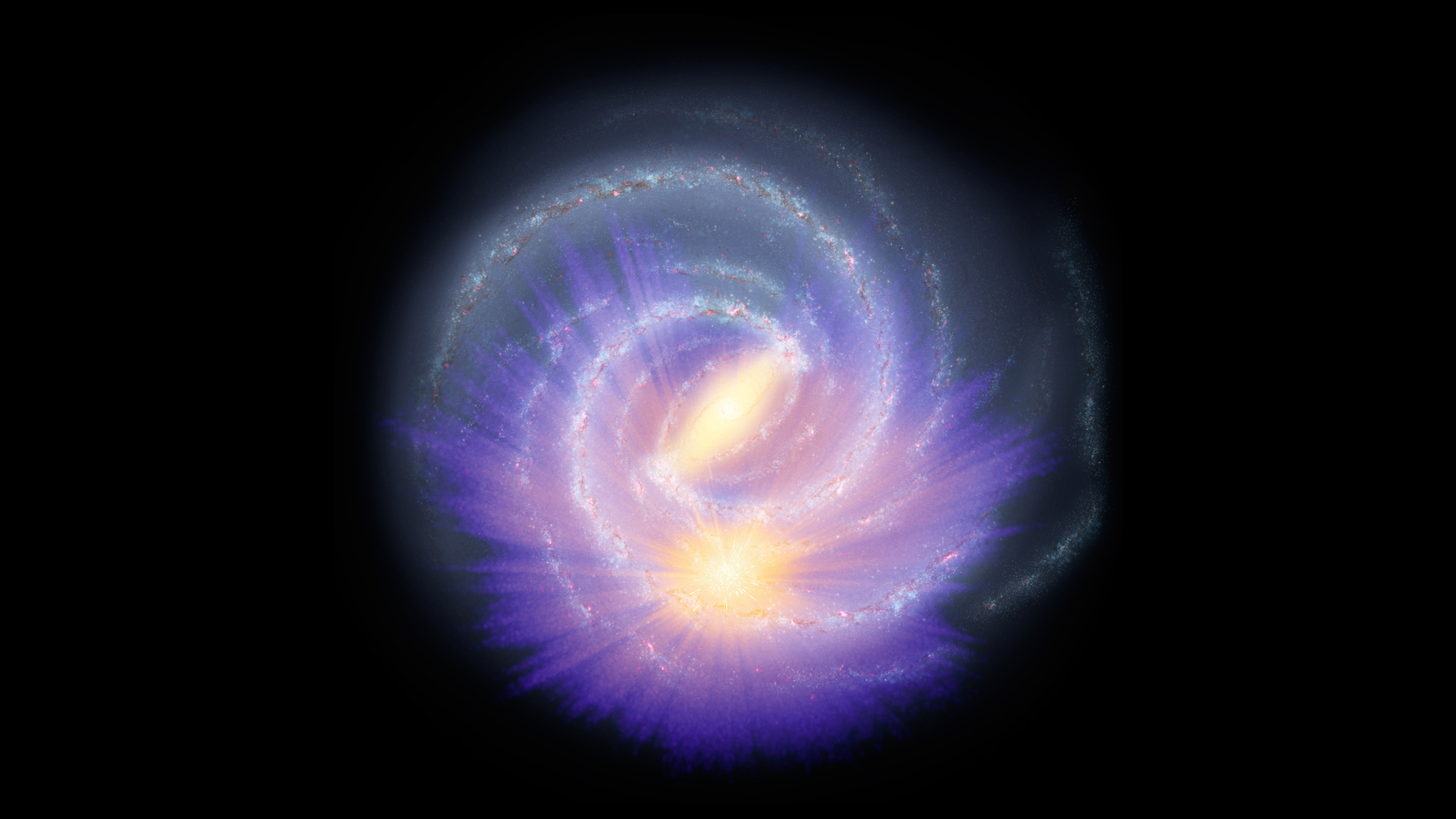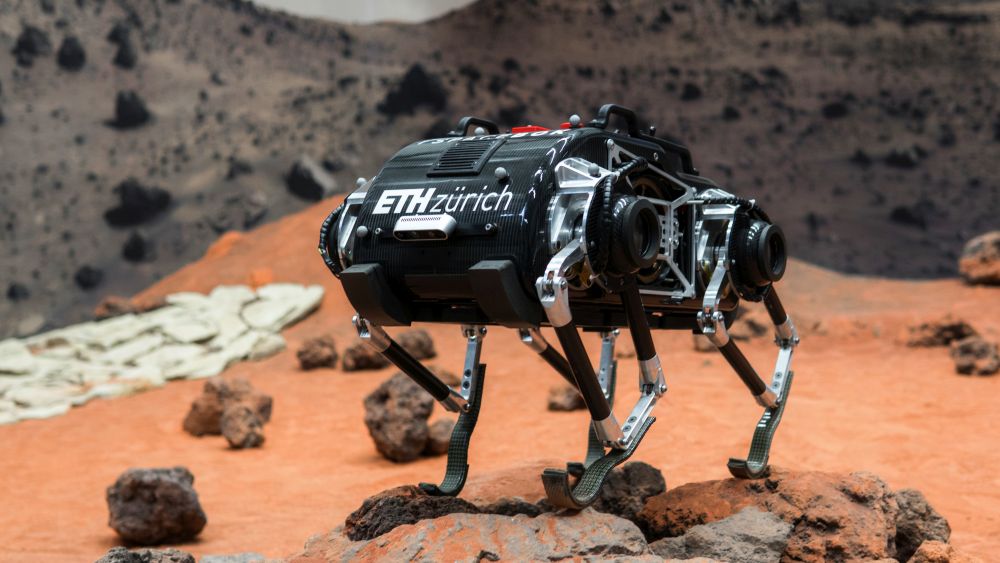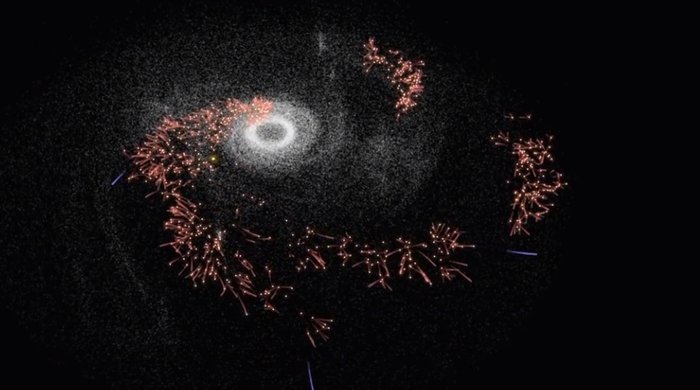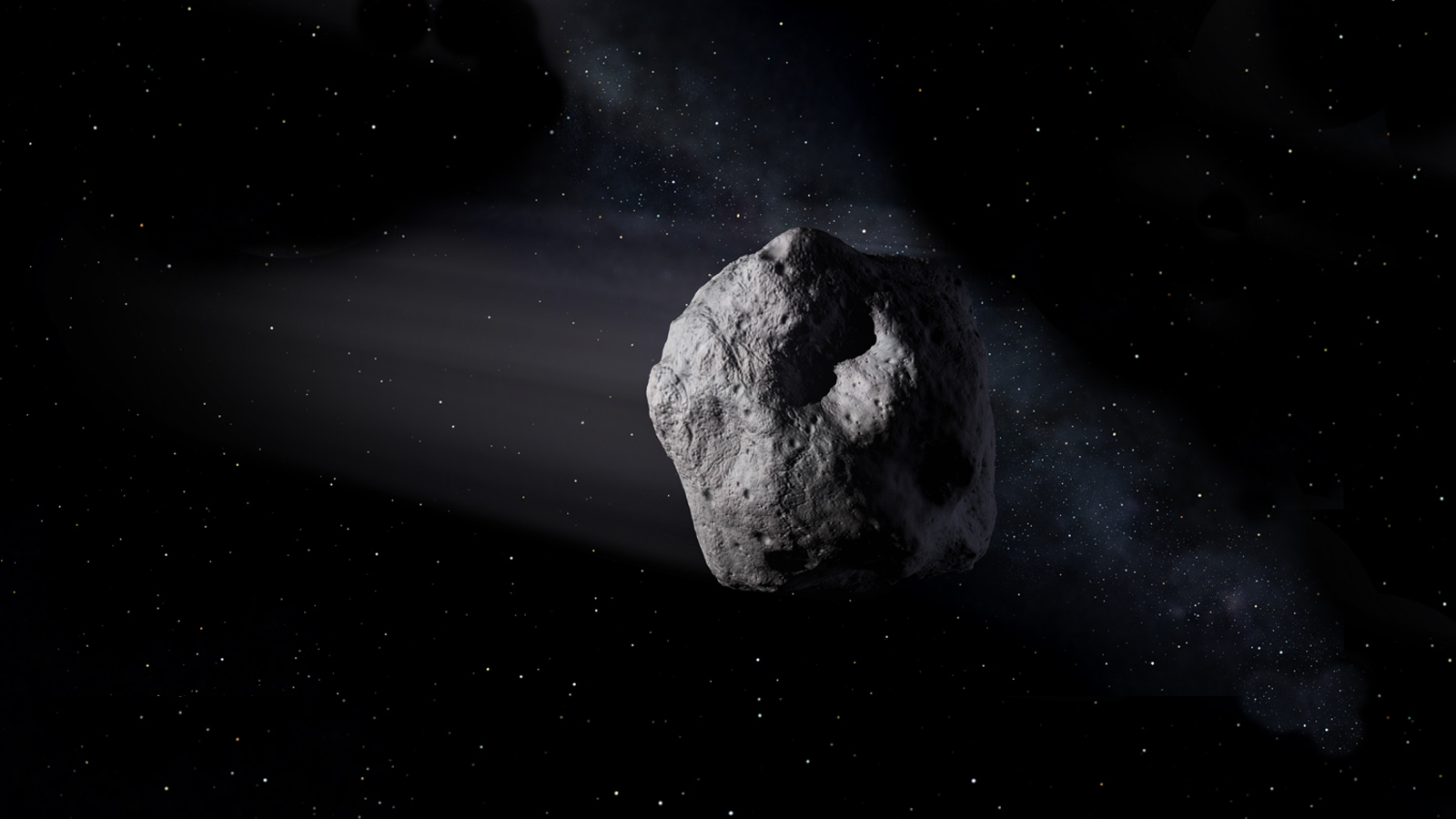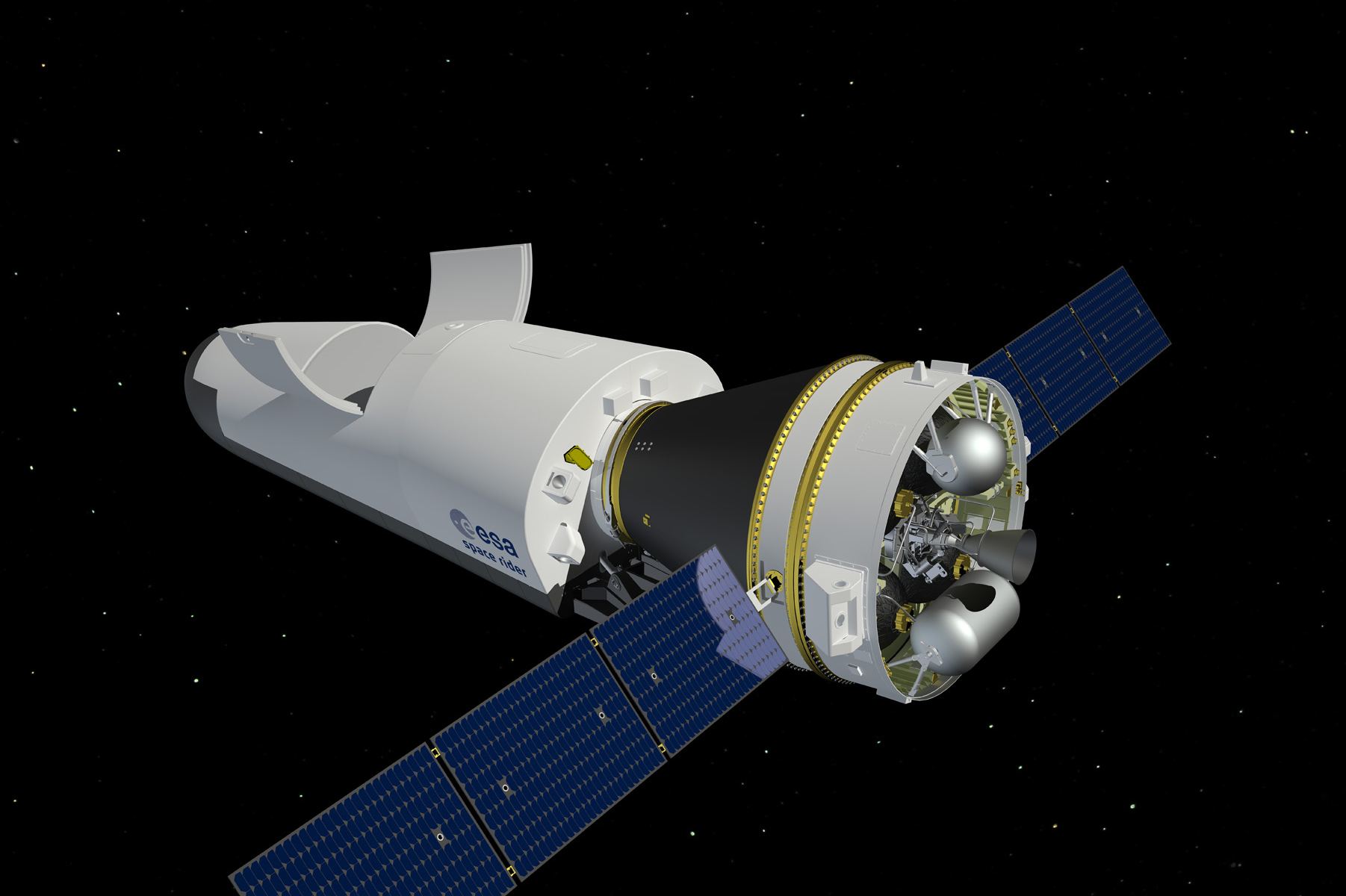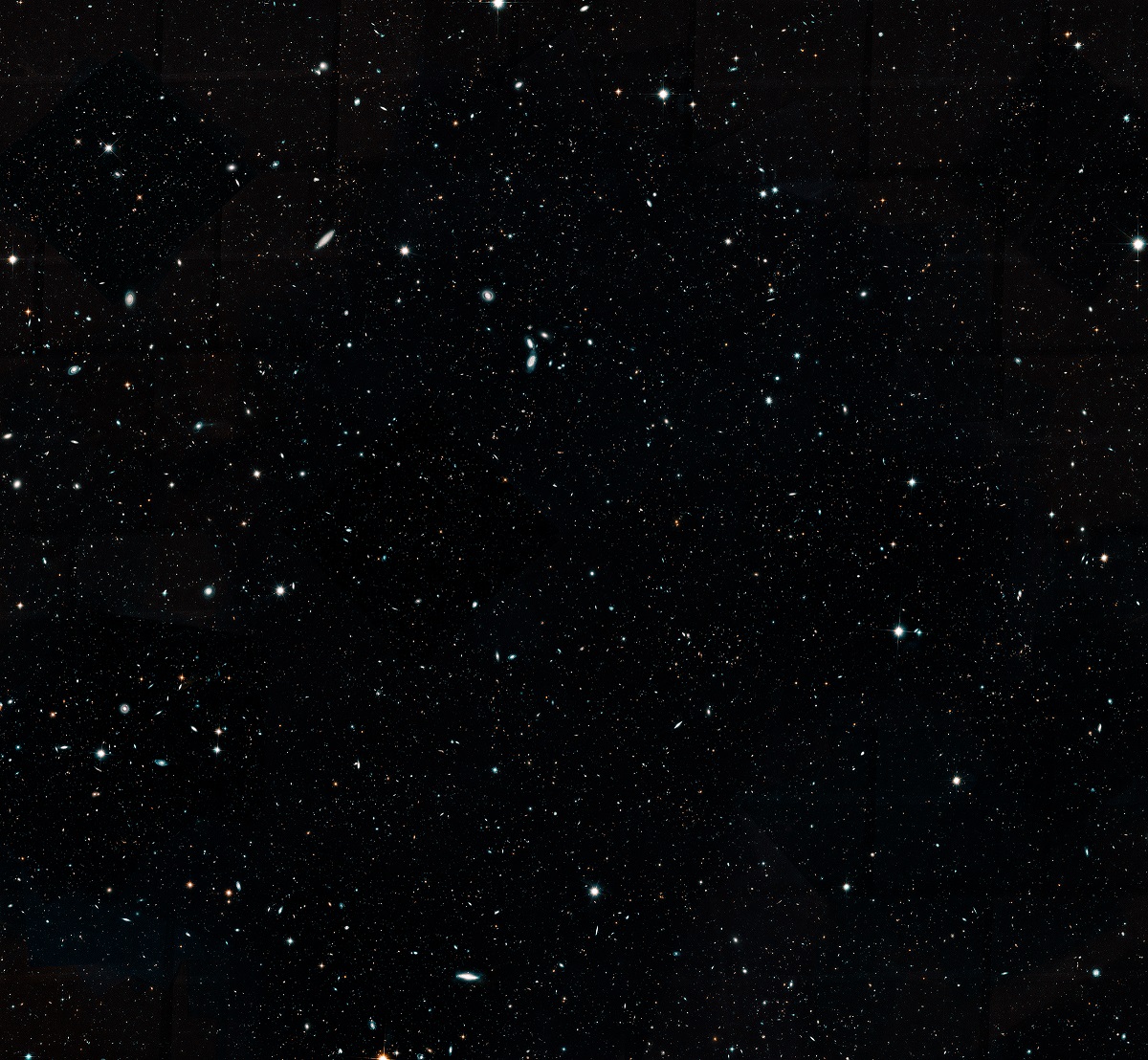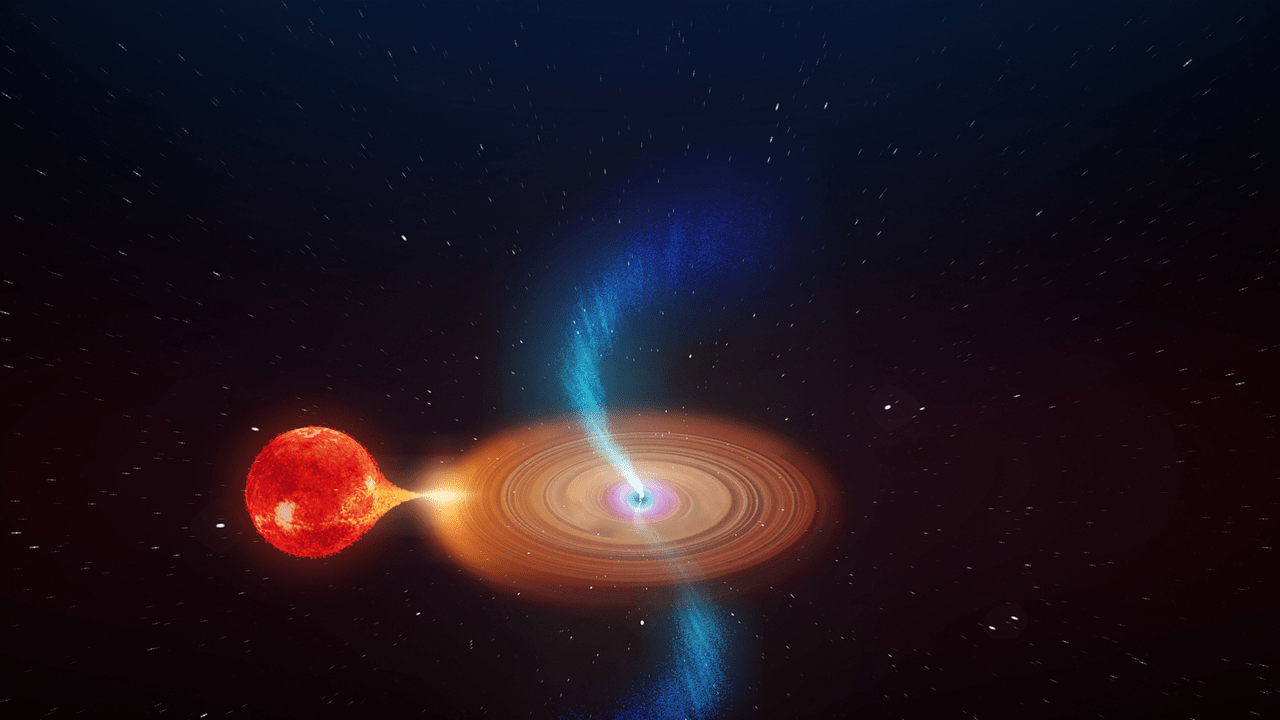Despite the many advancements made in the field of astronomy, astronomers still struggle to get an accurate assessment of the Milky Way Galaxy. Because we are embedded in its disk, it is much more difficult to assess its size, structure, and extent – unlike galaxies located millions (or billions) of light-years away. Luckily, thanks to improved instruments and tireless efforts, progress
For instance, a team of astronomers recently combined the latest data obtained by the ESA’s Gaia observatory with the infrared and optical observations of other telescopes to start mapping the bar-shaped collection of stars at the center of our Milky Way. This constitutes the first time in history that astronomers have been able to make direct measurements of this barred structure.
Continue reading “Gaia Mission is Mapping Out the Bar at the Center of the Milky Way”
